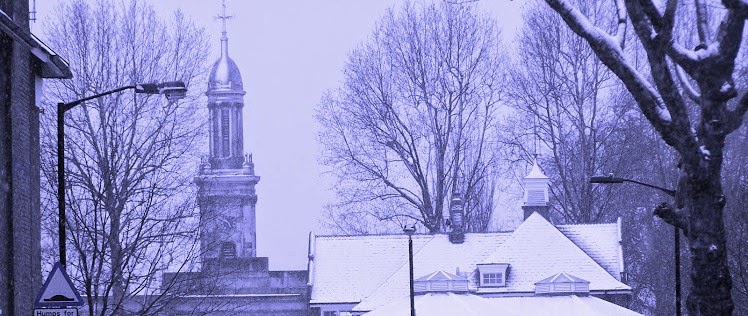J is for Jubilee Singers
The Jubilee Singers at the Court of Queen Victoria - Edmund Havel 1873
In the summer of 1873 a party of
Afro-Americans toured Britain
performing concerts of negro-spirituals, a style of music that was largely
unfamiliar to these shores. The eleven piece choir from Fisk
University in Nashville, Tennessee,
was made up of former slaves and consisted of seven women and four men.
Everywhere they went they were greeted with rapturous applause, and were
privileged to sing before Queen Victoria, the Prime Minister William Gladstone and
other members of parliament. The Queen was so enchanted with the beautiful
vocals that she ordered a painting to be made of the singers, which hangs in Fisk University
to this very day. Charles Hadden Spurgeon was thrilled to give over the
Metropolitan Tabernacle to have them put on a concert for his large
congregation. “They have something about
them which I have never heard before in anything ever given by way of a
performance. There is a real mystery and deep theology in this singing that we
can hardly understand.”

The soon to be demolished Arthur Street Chapel on the left of picture, 1955.
The Arthur Street Chapel at Camberwell Gate
– situated on what is now the Gateway Estate, Walworth – hosted the show on the
night of July 4th, American Independence Day. The Jubilee Singers sang
Go Down Moses, Steal Away To Jesus, John Brown’s Body and many other songs of
slavery. Swing Low Sweet Chariot, now the official anthem of England’s Rugby Union team, was heard in the UK for the very
first time.


















































